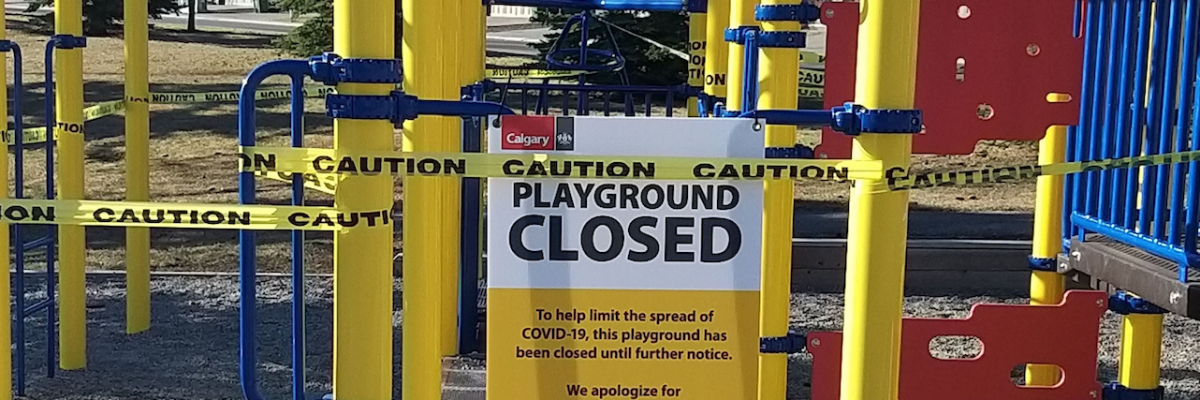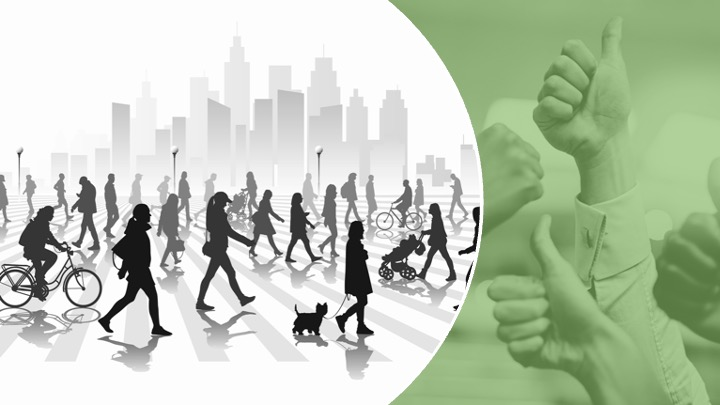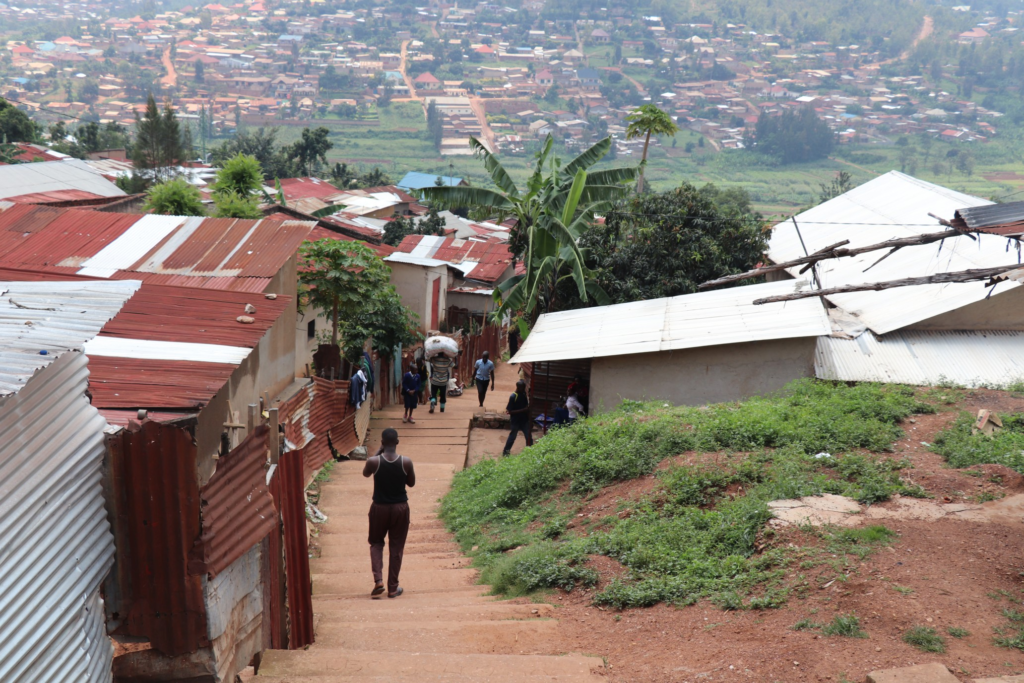City Know-hows

Target audience
Public health authorities and practitioners; City and municipal planners and policy-makers; Transportation and urban planners; Recreational departments and services; Parks departments and services; Urban residents and workers.
The problem
The public health emergency response to control the COVID-19 pandemic has included physical distancing and the closure of educational and day care facilities, non-essential businesses, and private and public recreation facilities (e.g. playgrounds, outdoor exercise equipment, sports fields and courts). Outdoor activity is recommended for people to maintain their physical activity routines during the pandemic. There is a dearth of evidence about how the built environment has supported or hindered outdoor activity during the pandemic.
What we did and why
We undertook a qualitative study to explore the built environment’s role in supporting outdoor activity during the early stages of the pandemic in Canada. Our study was undertaken in Calgary (Alberta, Canada). Between June and October 2020, we conducted semi-structured, in-depth interviews to capture the perspectives of 12 adults (6 men and 6 women) about how their neighbourhood environment supported outdoor physical activity during the pandemic. Interview data were analysed to identify common themes.
Our study’s contribution
Parks, pathways, and sidewalks supported outdoor activity during the pandemic.
Outdoor walking, running, and cycling were commonly reported activities.
Risk of COVID-19 exposure informed decisions regarding park and pathway use.
Under-utilized greenspace may provide space for safe physical activity programs.
Outdoor space facilitated social interaction and physical activity.
Impacts for city policy and practice
Neighbourhoods should include well connected pathway systems that allow for sufficient physical space between users and parks and greenspace large enough to avoid crowding and to facilitate physical distancing.
Encouraging physical activity during pandemics might also be facilitated through safe recreational programming (e.g., with masking and physical distancing) in under-utilized greenspaces such as sports fields.
The built environment in important f
Further information
Visit Built Environment and Healthy Living Lab. Our aim is to improve the health and wellbeing of populations through neighbourhood built design. We generate causal evidence for policymakers and practitioners to create built environments that support and promote health for all individuals regardless of their sociodemographic circumstances. Our work advances scientific knowledge in the fields of urban planning and public health to influence neighbourhood design policy in Canada and abroad.
Full research article:
Neighbourhood environment facilitators and barriers to outdoor activity during the first wave of the COVID-19 pandemic in Canada: a qualitative study by Gavin R. McCormack, Jennie Petersen, Calli Naish, Dalia Ghoneim & Patricia K. Doyle-Baker
Related posts

To create healthy urban places and spaces, public acceptance is key to success.

Our cross-sectional study of 272 neighbourhoods of thirteen cities shows that diverse physical and social attributes of neighbourhoods influence mental well-being of the citizens in the Asia and Africa.

Who supports proposals to manage if, when and where new takeaways can open near schools? According to our recent study,over 50% of adults living in Great Britain!